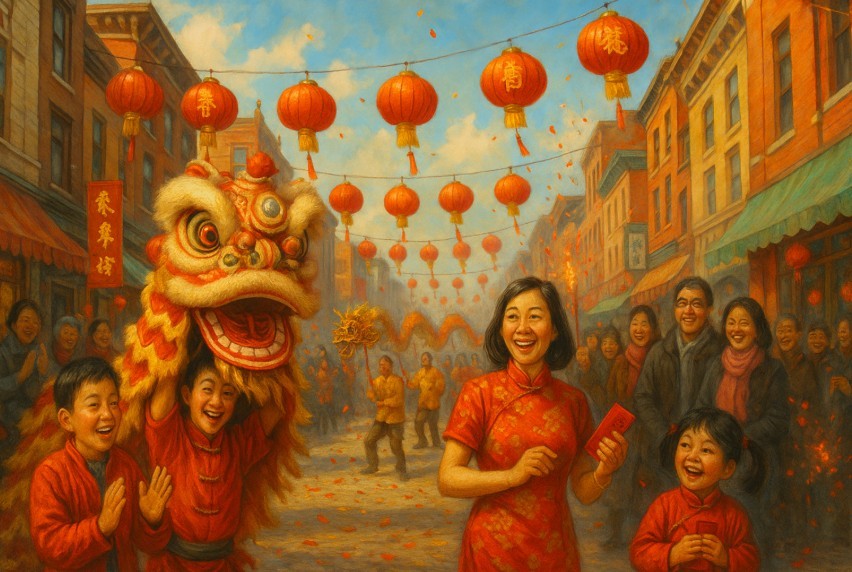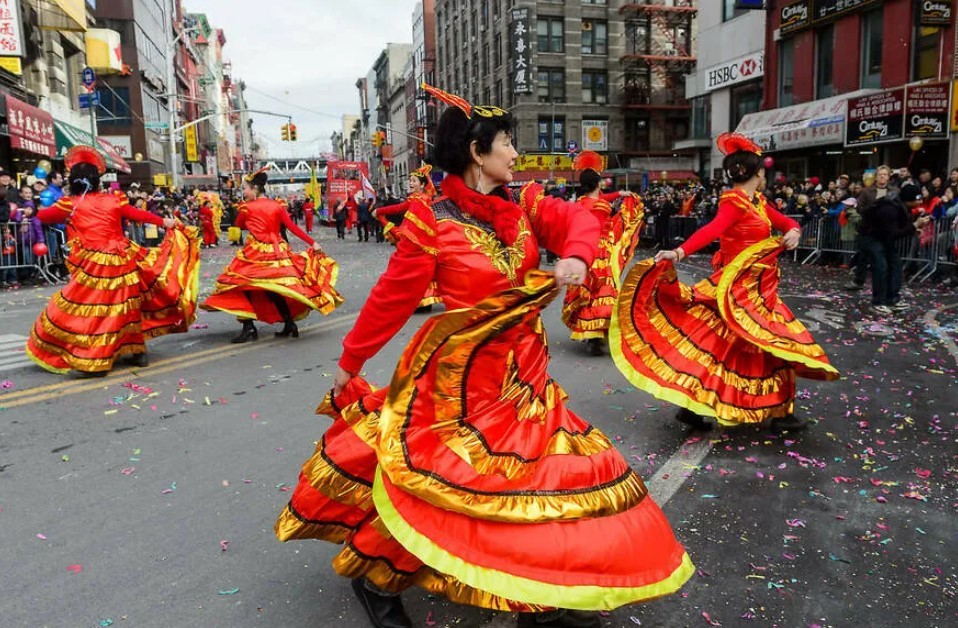Lunar New Year: 9 Traditional Customs That Chinese People Still Follow Today
 Top 15 Taboos and Superstitions During New Year And Spring Based on Feng Shui Top 15 Taboos and Superstitions During New Year And Spring Based on Feng Shui |
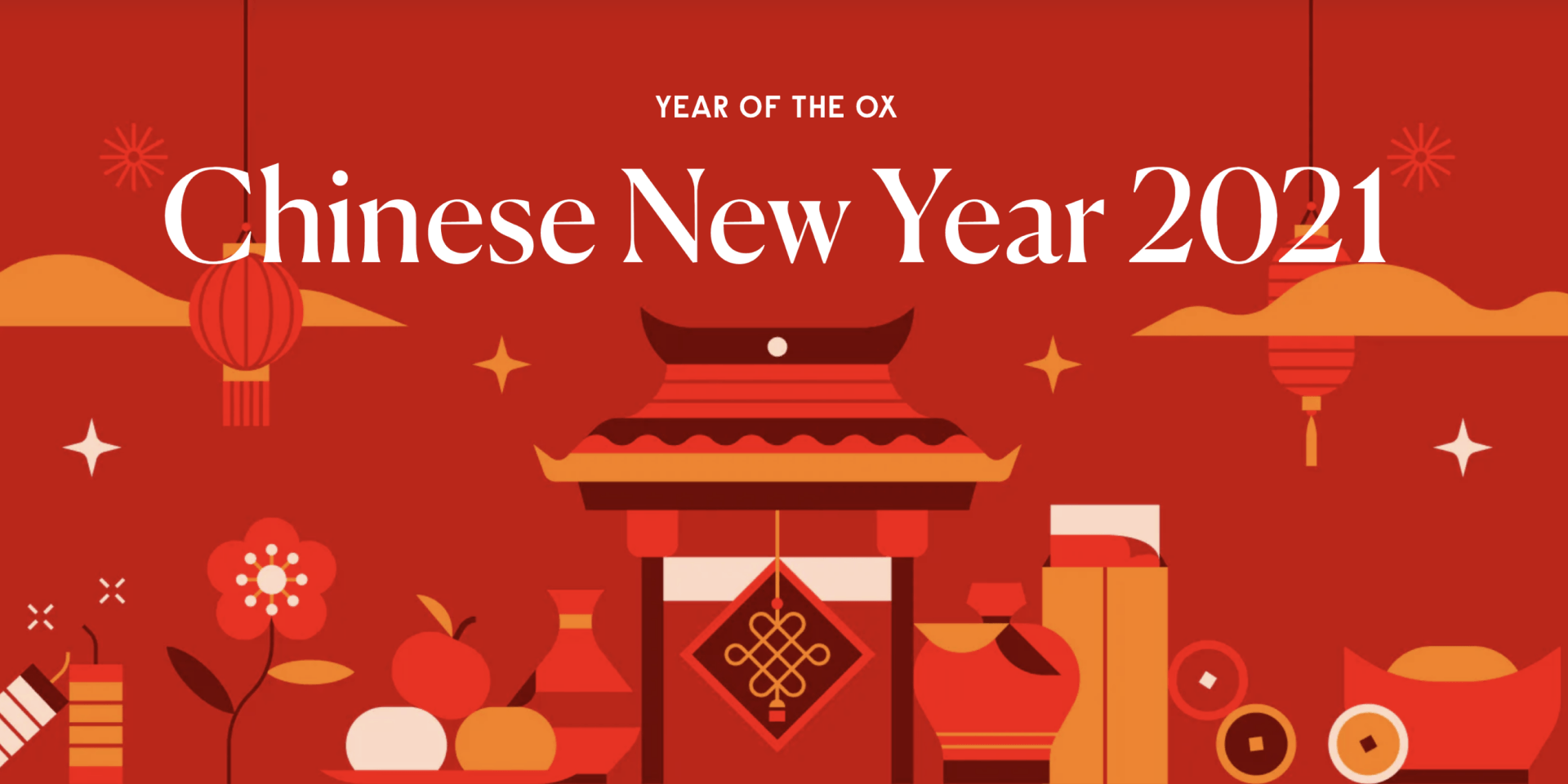 10 Best Decoration Ideas for Lunar New Year 10 Best Decoration Ideas for Lunar New Year |
| Table of Contents |
1. Dusting
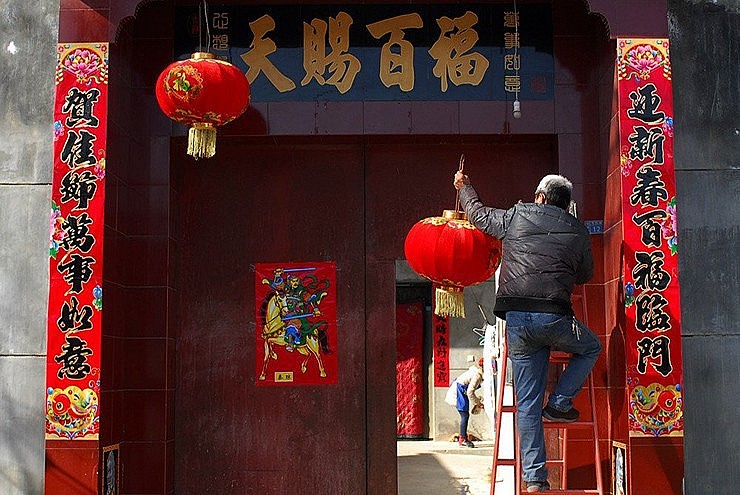 |
| Dusting |
Thousands of years ago, China had the custom of sweeping dust during the Lunar New Year. Sweeping dust on this occasion means "erase the old, bring in the new," with the hope of removing all bad luck and suffering from the previous year.
2. Stick the couplet to the front door
On the afternoon before Lunar New Year, children will climb up on stools, hold glue and brushes, and stick parallel sentences on the door before showing the adults below if they were properly glued. Some houses display parallel sentences on both sides and above the door.
Others write the word "Happiness" on their doors and walls to express their desire for a happier life. Others will hang paintings of gatekeepers on doorways to pray for a peaceful and prosperous year, adding to the festive atmosphere.
3. Worshiping ancestors and gods
Worshiping gods during the Lunar New Year is a common custom in China. Everyone prays for good weather, good harvests, and good luck in the coming year.
Ancestor worship is frequently performed after god worship, and the customs vary by location. In the countryside, before lunch, each family will appoint a representative to bring food to the altar to honor their ancestors. This practice will continue until January 15 (according to the lunar calendar), when the church will close.
4. Eat dumplings, sticky rice, and rice cakes
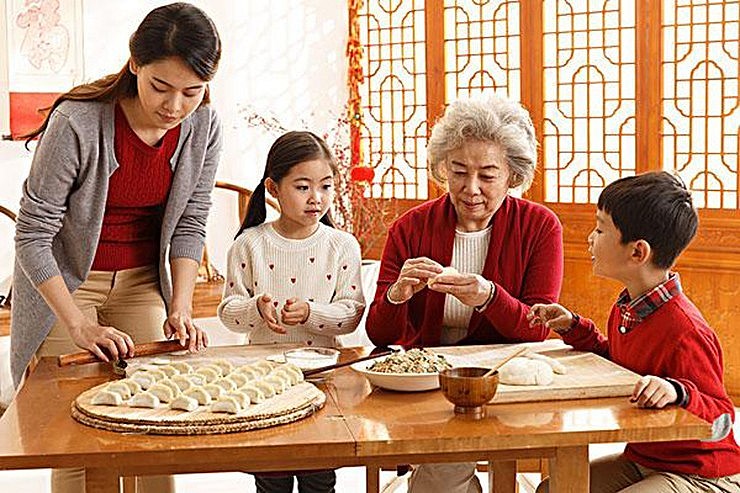 |
| Baking during Lunar New Year in China |
In most northern regions, it is customary to eat dumplings on the morning of Lunar New Year. A coin is usually placed inside each dumpling. Whoever eats that coin is said to be the most fortunate person in the family that year.
In Huai'an, Jiangsu, it is customary to eat rice balls in the morning. During the Lunar New Year in Kaifeng, Henan, both dumplings and rice balls are eaten.
During the Spring Festival, people also eat rice cakes, which vary in flavor depending on where they are.
5. Stay up late to get lucky money
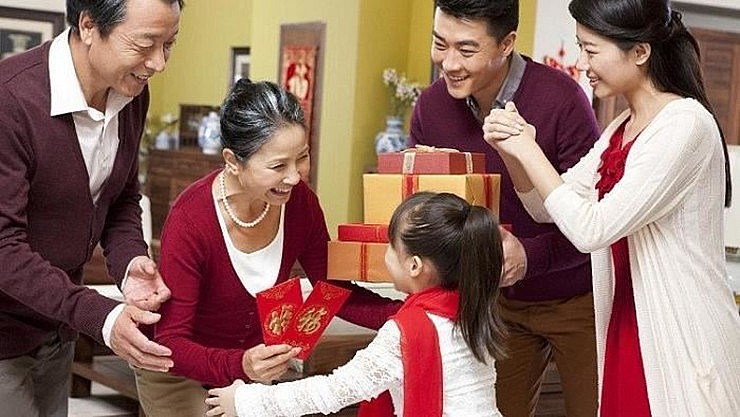 |
| Receive lucky money |
Watching New Year's Eve is also an important Tet tradition. Neighbors and friends gather, or the entire family comes together. Some people played cards while others viewed a spring celebration party. Following that, everyone stays up all night to celebrate the start of the new year.
Giving lucky money is a popular custom among children and young people. After New Year's Eve dinner, the elders will take turns handing out coins to their children and grandchildren. Coins are frequently braided into red thread and worn on children's chests in order to ward off evil spirits.
This custom has been practiced since the Han Dynasty. Of course, there are no more copper coins, so children frequently receive cash in red envelopes.
6. New year wishes
Happy New Year is one of the most important Lunar New Year traditions. On the first day of the Lunar New Year, both adults and children dress in new clothes to visit relatives and friends, greet one another, and wish each other good luck in the coming year.
Wishing the Lunar New Year typically begins at home. After the children and grandchildren wish the elders a happy New Year, they begin to visit other homes.
7. Go to temple
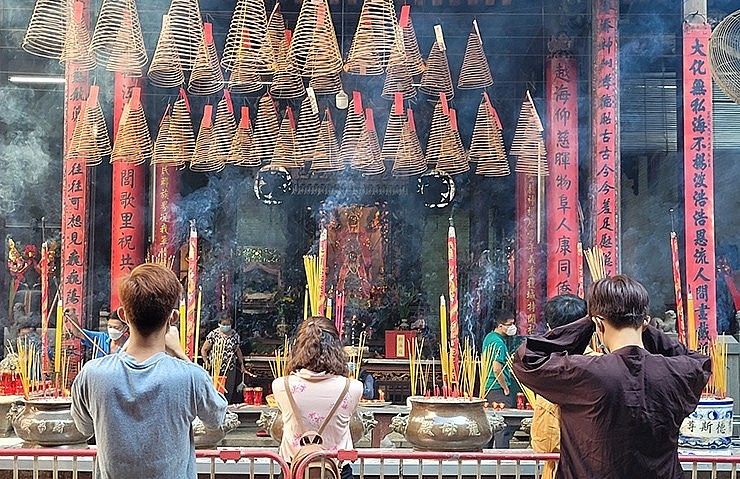 |
| Go to temple |
Going to temples during the Lunar New Year is a popular Chinese tradition that many people follow. Going to the temple on the first day of the year is a way to find peace, pray for luck, and honor ancestors. People often visit temples to worship Buddha and engage in spiritual activities.
Going to temples during the Lunar New Year has both religious and cultural significance. Going to the temple is both a spiritual activity and an opportunity to connect with the community and family on this special day. However, going to the temple during Lunar New Year is not required, and not everyone does it. It is dependent on each individual's religious beliefs and personal preferences.
8. Dragon dance, lion dance
Dragon is a noble animal, it is said that it can move rain and wind in the sky, and can also pray for blessings and eliminate disasters in the world.
Since the Han Dynasty, there has been a custom of dancing dragons to pray for rain. In addition to the dragon dance, there is also the lion dance, which is also a relatively popular custom during Lunar New Year.
9. Walk on stilts
Stilt walking is a long-standing recreational activity during Lunar New Year that is typically found in rural areas.
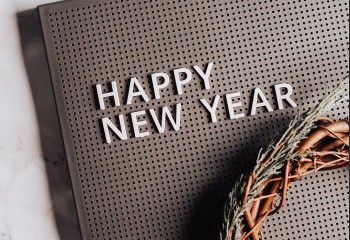 Happy Lunar New Year: 100+ Best Greetings and Wishes for Every One Happy Lunar New Year: 100+ Best Greetings and Wishes for Every One Lunar New Year is associating with the Chinese New Year and Spring Festival which often celebrated among some Asian countries including China, Vietnam... Here are ... |
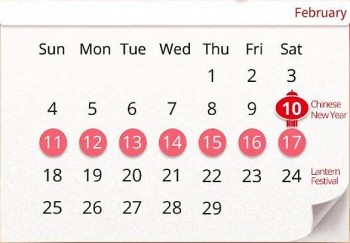 Lunar New Year Holidays 2024 (Chinese New Year): Dates, Celebrations Lunar New Year Holidays 2024 (Chinese New Year): Dates, Celebrations One of the most significant and extensively observed holidays in Chinese culture is Chinese New Year, sometimes referred to as the Spring Festival or Lunar ... |
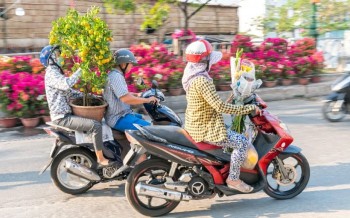 Vietnamese Tet (Lunar New Year): Dates, Holidays and Celebrations Vietnamese Tet (Lunar New Year): Dates, Holidays and Celebrations The Tet holiday, commonly referred to as the Lunar New Year in Vietnam, is an important cultural occasion. During Tet holiday, it is celebrated with ... |

